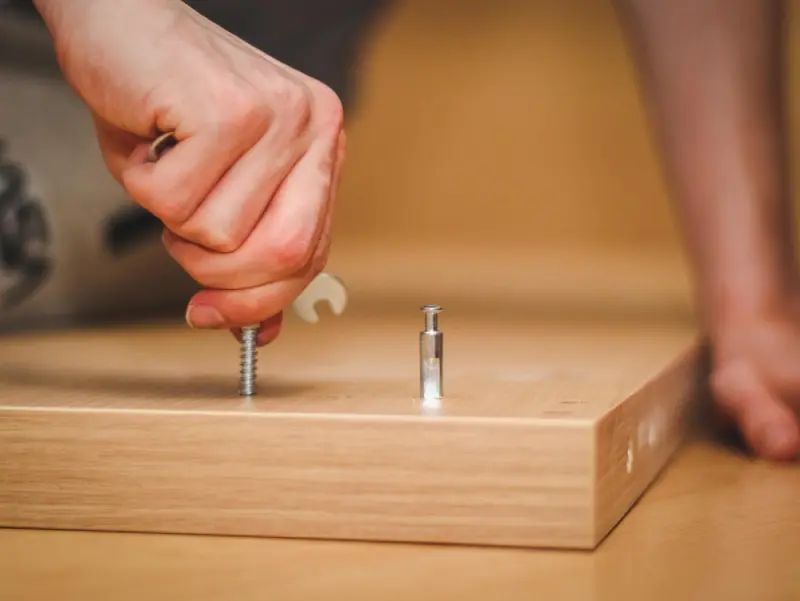How to Remove a Furniture Fastener
If you are wondering how to remove a fastener from your furniture, you can follow the tips given in this article. You can use a screwdriver, pliers, or its original key. Ensure that the fastener is unlocked before you begin. Once you have loosened it, you can easily remove it. If it is not yet unlocked, you can unscrew it with the screw.
What is a Furniture Fastener?
If you’re wondering, “What is a Furniture Fastener?” there are a few different options available. Here are a few of them. Regardless of the situation, fasteners are important for the safety of your furniture. Seismic straps are used for furniture in buildings where there is a risk of tipping. These fasteners are no longer ‘nice to have; they’re actually required by more housing developments, commercial customers, institutional bodies, and building agencies.
The first option is indirect fastening. This method uses screws or nails to fasten the fastener to the assembly. Another method is an expanding muff. While other methods are less common, the thread is the most common way to anchor furniture fasteners. Listed below are some different types of fasteners. Each has its own advantages and disadvantages. When selecting a fastener, consider the material properties of the wood composite board.

An RTA furniture fastener is a crucial component of modern furniture technology. It enables a furniture manufacturer to optimize the use of small spaces and its ability to dismantle them for easy storage and transportation. To design a suitable fastener, three factors must be addressed: the customer purchasing the self-assembled furniture, the fastener manufacturer, and the furniture manufacturer. The complex design properties of these components make it extremely difficult to design fasteners with favorable characteristics.
A standard nut and bolt set is a common choice for fastening furniture, but this is not very aesthetically pleasing and does not lend itself well to the visual appeal of the piece. In furniture applications, a variation of the standard nut and bolt set was developed with a flat head. This nut is usually drilled into the piece of backing material and countersunk slightly to fit the piece. This type of fastener is also painted.
How to remove a furniture fastener with pliers
First, you need to know the type of fastener you need to remove. Typically, you need to use a hog ring. This type of fastener is similar to a staple but is bent to create a strong seal. If you don’t know what this type of fastener is, you’ll need a specialty tool. Hog rings are also used to attach signs and wire fences. In most applications, hog rings are used in series along a line. These hog rings add reinforcement to upholstery and a wide variety of other materials, such as food product bags.
How to remove a furniture fastener with its original key
Trying to unscrew a fastener with its original key? Here are a few ways to get the job done without damaging the piece of furniture. First, make sure that the fastener is not locked in place. This can be accomplished by unbolting the bolt on the outside of the fastener and removing the screw from the inside. When you’re finished, wiggle the fastener off its head with a screwdriver.
How to remove a furniture fastener with a screwdriver
To remove a furniture fastener, you need to locate the screw and make sure that it is loose. If you cannot see the screw head, use a utility knife to cut the wood around the screw. Then, use locking pliers to grip the head firmly. If you cannot do this, you can try to pry the screw out with your fingers. However, you may damage the screw head.
If the screw has a stripped head, you will need a specialized tool. The screws may have gotten stripped because you used the wrong size of a screwdriver, or you did not apply enough torque. A flat head screwdriver or a coin can be used to remove the stripped head. You will need to apply a lot of pressure as you rotate the screwdriver. Make sure you stop the rotation as soon as it starts to slip. Otherwise, you will end up wearing out the screw head.